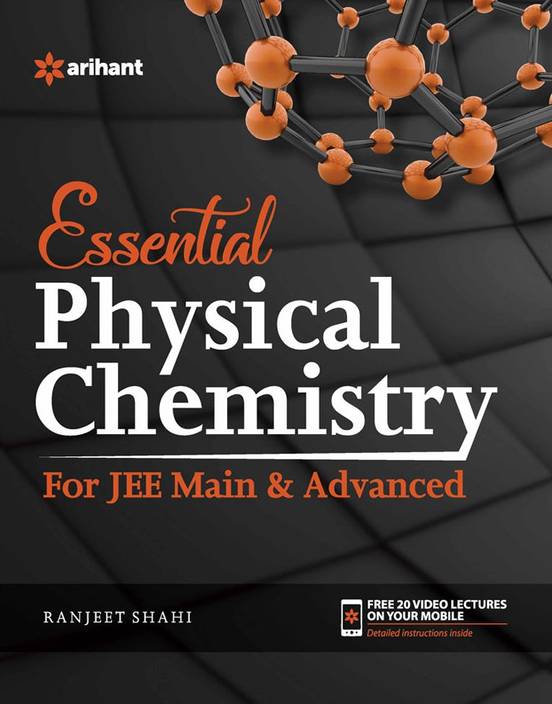Introduction To Atoms And Nuclei
ATOMS AND NUCLEI
Author: Proloy Bhaduri
Introduction:
An atom is the smallest constituent unit of any matter.John Dalton (1805) considered that all matter was composed
of small particles called atoms,which has the properties same as that of a chemical element.Every solid ,liquid,gas and plasma is composed of atoms. In general solid,liquid and gasses are composed of neutral atoms and plasma is composed of ionized atoms.
Atoms are very small ,typical size of an atom is nearly 100 pm(1pm= 10-12 m) ,i.e., ten billionth of a meter,in the short scale. Clearly you can't guess the size.
Because of this smaller size of atoms, it is very difficult to analyse and make decisions on the various properties of atoms individually.In other words in Classical Mechanics, behavior of atoms cannot be predicted.Hence another branch of mechanics i.e., Quantum Mechanics(Discussed later on this topic ) is practiced to study the properties of atoms.
Let us conceive atoms as billiard balls, e.g, gives noticeably incorrect predictions due to quantum effects(It is discussed later in Quantum Mechanics Chapter).Through the development of physics , atomic models have incorporated quantum principles better explain and predict their behavior.
Every atom composed of a nucleus(positively charged) and electrons(negatively charged) revolves around the nucleus .There is a lot of propositions on the Structure Of Atom.At
the end of the nineteenth century there accumulated enough
experimental evidence to show that the atom is made of still
smaller particles. These subatomic particles are called the
fundamental particles. The number of subatomic particles now
known is very large. For us, the three most important are the
proton, neutron and electron.
How these fundamental particles go to make the internal structure of the atom, is a fascinating story. The main landmarks in the evolution of atomic structure are :
1896 J.J. Thomson’s discovery of the electron and the proton
1909 Rutherford’s Nuclear Atom
1913 Mosley’s determination of Atomic Number
1913 Bohr Atom
1921 Bohr-Bury Scheme of Electronic Arrangement
1932 Chadwick’s discovery of the neutron
(source:https://www.google.com/)
Diameter of an atom is approximately between the range 62 pm(He) to 520 pm(Cs)(Source: Wikipedia).
We just got to know that, every atom is consisted of a nucleus and electrons bound to the nucleus . The nucleus is composed of the protons and neutrons and 99.94% of the total mass of an atom is due to the nucleus . Remaining is the mass of electrons.So many of experiments
and theories are there to explain the same.
We have previously learned that electrons are negatively charged and protons are the positively charged sub atomic particles.
Charge of proton = + Q1.
Charge of electron = - Q2
Condition 1: If |Q1| = |Q2| , the atom is neutral.
Condition 2: If Q1 > Q2 , the atom is a cation.
Condition 3: If Q1 < Q2 , the atom is an anion.
Whereas neutrons don't have any charge. The electrons of an atom are attracted to the protons in an atomic nucleus by this Electrostatic force. The protons and neutrons in the nucleus are attracted to each other by a different force, the Nuclear force.
(Strength)Nuclear > (Strength)Electrostatic
How these fundamental particles go to make the internal structure of the atom, is a fascinating story. The main landmarks in the evolution of atomic structure are :
1896 J.J. Thomson’s discovery of the electron and the proton
1909 Rutherford’s Nuclear Atom
1913 Mosley’s determination of Atomic Number
1913 Bohr Atom
1921 Bohr-Bury Scheme of Electronic Arrangement
1932 Chadwick’s discovery of the neutron
(source:https://www.google.com/)
Diameter of an atom is approximately between the range 62 pm(He) to 520 pm(Cs)(Source: Wikipedia).
We just got to know that, every atom is consisted of a nucleus and electrons bound to the nucleus . The nucleus is composed of the protons and neutrons and 99.94% of the total mass of an atom is due to the nucleus . Remaining is the mass of electrons.So many of experiments
and theories are there to explain the same.
We have previously learned that electrons are negatively charged and protons are the positively charged sub atomic particles.
Charge of proton = + Q1.
Charge of electron = - Q2
Condition 1: If |Q1| = |Q2| , the atom is neutral.
Condition 2: If Q1 > Q2 , the atom is a cation.
Condition 3: If Q1 < Q2 , the atom is an anion.
Whereas neutrons don't have any charge. The electrons of an atom are attracted to the protons in an atomic nucleus by this Electrostatic force. The protons and neutrons in the nucleus are attracted to each other by a different force, the Nuclear force.
(Strength)Nuclear > (Strength)Electrostatic
Introduction To Atoms And Nuclei
 Reviewed by Engineering Express
on
June 02, 2018
Rating:
Reviewed by Engineering Express
on
June 02, 2018
Rating:
 Reviewed by Engineering Express
on
June 02, 2018
Rating:
Reviewed by Engineering Express
on
June 02, 2018
Rating:









